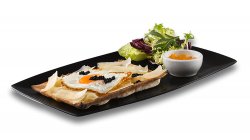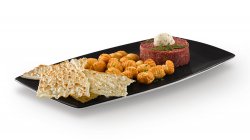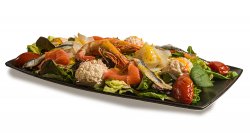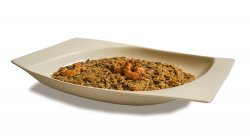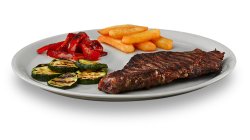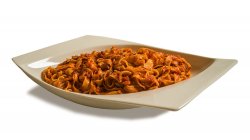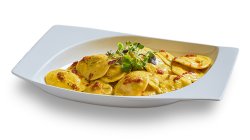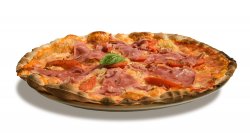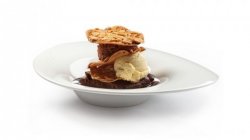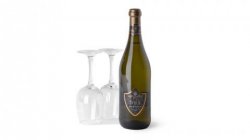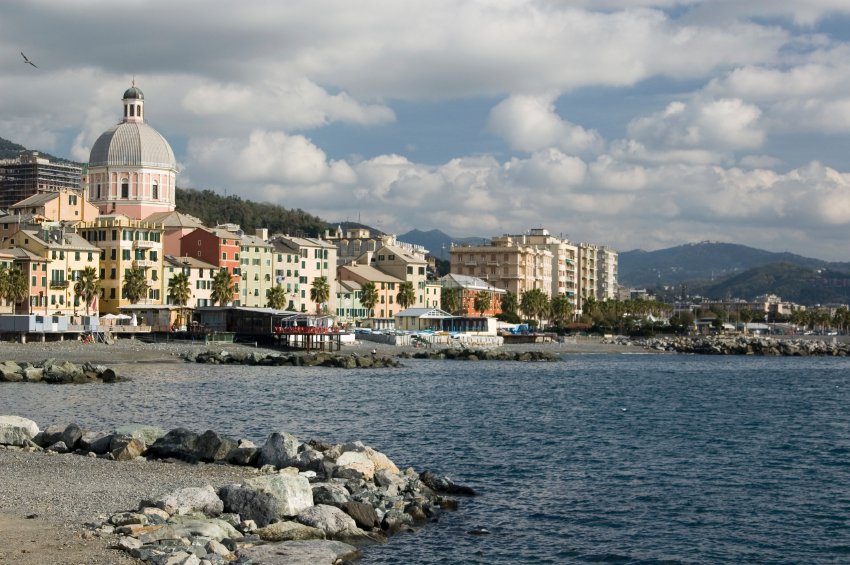
Genoa, Gateway to the Sea
The city of Genoa was established a Roman port in the 4th century B.C. Its name means "gateway" in Latin. And the word "gateway" defines its history. Its doors are always open to new cultures, inhabitants, peoples, empires and conquests.
Since its foundation, people from all over the world have fought for these lands. Throughout the Middle Ages, Genoa suffered myriad of attacks. After centuries under constant siege, the Saracen invasion in 935 triggered a major rebellion. The Genoese became powerful so quickly that by the end of the first millennium Genoa had become an independent city and a maritime superpower.
This port city had its heyday during the late Middle Ages. Genoa became the financial powerhouse of Europe, and one of the most important trade ports in the Mediterranean, rivaling Pisa and Venice. It became the capital of the Republic of Liguria. As you walk through its streets today, you can still perceive the past grandeur of the largest and best-preserved Medieval city in Europe. The Romanesque buildings, Gothic and Baroque churches and spectacular Renaissance palaces that shape its labyrinthine old town are perfectly conserved One need only look at the many fortresses that dot the surrounding hills to understand the power of this city between the 11th and 15th centuries. Genoa's port was the single largest contributor to its grandeur. Unsurprisingly, its cuisine is unique owing to the products imported from virtually every country in Asia and Europe.
Genoa has always had a high migrant population. It openness to foreign influences has also greatly influenced its cuisine. Its regional cuisine reflects the history of this city, rich in cultural contrasts. The more traditional Genoese dishes were created with much love and, above all, much patience. The wives of Genoese seafarers created the original recipes we still enjoy today. They cooked the elaborate dishes with dedication to surprise their husbands when they returned home from their long journeys. They used fresh vegetables and products that the seafarers missed during their voyages. However, "il pesto alla Genovese" is arguably the Genoese recipe best-known abroad. This famous sauce, which was first made in the Middle Ages, can be found today worldwide. It is perfect for any pasta. It combines well with traditional dishes, including the famous minestrone soup, the popular "trofie" or the traditional spaghetti "le trenette".
The ingredients and the preparation of this popular sauce could not be easier: basil, garlic, Sardinian pecorino cheese and olive oil. The recipe was intended as a method for preserving basil; an herb that abounds in the area, but withers quickly. Today, some might argue that it can be made with Parmesan. However, in the past, crossing the mountains from Parma was nigh impossible; and Genoa and Sardinia were very well connected through maritime trade. It is for this reason that pecorino cheese was used in the Ligurian recipe. However, the real secret to a delicious pesto are the proportions of each ingredient. The province of Savona has a slightly different version of pesto in which they add pine nuts. It can also be made with walnuts. In the city of Nervi cream is added at the end, Recco adds cottage cheese, and even in the south of France, you can find a similar sauce called "pistou". There are different versions of pesto for every taste and every village along the Genoese coast. Another interesting fact about "pesto" is that the word derives from "Pestelleo", a wooden pestle for grinding the ingredients in a marble mortar to obtain the desired texture of sauce and bring out the aroma of basil. Nowadays, most people use electric food processors. Undoubtedly, Genoa treasures many classic flavors of Italian cuisine. We proceed now from Liguria to Savona and Imperia
44.4056499, 8.9462559999999
Genova
Genoa is the sixth Italian city in population. In the last century, Genoa has expanded by engulfing 25 municipalities located along the coast and in valleys. It is currently divided into 25 districts and 71 urban units.
City: 604.848 hab.
Surface area: 243.56 kmª
Categories
